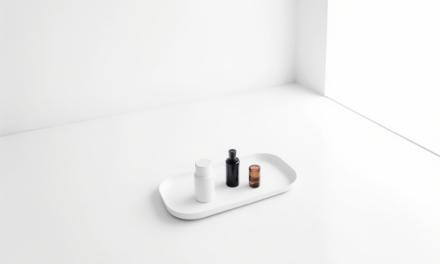Anti-Aging
Niacinamide
Vitamin B3. In concentrations from 2%, Niacinamide helps the skin to produce its own antioxidants that in turn fight photo-damage. Niacinamide rarely caused irritation. Most people can use it once or twice daily. Niacinamide can be included in a serum, moisturizer or any other product that stays on your skin (they you do not wash off like a cleanser).
How does niacinamide work for anti-aging?
- Reduced hyperpigmentation: Niacinamide has been shown to inhibit melanosome transfer. This is how It helps fade and prevent age spots for a more even complexion.
- Brighter skin: It combats dullness and yellowing (sallowness)
- Minimized pores: It refines pore size for a smoother skin appearance.
- Improved texture: It enhances the overall surface texture of the skin.
- Fewer fine lines and wrinkles and enhancing elasticity: It helps diminish visible signs of aging.
- Hydration boost: It helps moisturize the skin and lock in hydration.
- Stronger the skin barrier: It reinforces the skin’s natural protective layer. Recent research has uncovered even more skin benefits associated with niacinamide, such as promoting skin structure, elasticity, wound healing, and pigmentation, but more research is needed to confirm these additional benefits.A fascinating discovery is niacinamide’s ability to protect against UV-induced skin damage. It has been shown to reduce the production of harmful molecules in skin cells exposed to UVB radiation and maintain cellular structures’ overall integrity. This protection extends to both topical and oral applications. Furthermore, studies on circadian rhythm regulation suggest niacinamide’s critical role in connecting cellular metabolism with regulatory processes. This connection may contribute to strengthening the skin barrier. Experts hypothesize that niacinamide’s impact on cellular energy metabolism could be the secret behind its multitude of skin benefits. Whatever the case may be, niacinamide remains a powerful ally for radiant, healthy skin.
Combining niacinamide with other skincare actives
Effective concentration and frequency of use
How long before you see results?
Irritation risk
How long before I see results?
You should start seeing the first serious results from your retinoid after 4 months (minus the initiation period where you build up your skin tolerance to it). The results typically improve further until 24 months. After this period, you can consider a “maintenance” retinoid regime (more on it below in the Concentration section).
You can notice an effect from retinoids already after 2-4 weeks of usage. But these first results are literally superficial. Your skin didn’t have enough time to increase collagen, but the retinoids help to smoothen the skin surface quite quickly, and the skin might appear younger and healthier because of this.
Contrary to a common belief, topical retinoids are not shown to have adverse effects for the baby development in pregnancy. (Retinoids taken orally do though). Still, doctors still often recommend to avoid topical retinoids in pregnancy out of caution.
Clinical evidence overview: niacinamide for anti-aging
Sources
- Niacinamide: A Topical Vitamin with Wide-Ranging Skin Appearance Benefits https://onlinelibrary.wiley.com/doi/abs/10.1002/9781118384824.ch10
- Mechanistic Basis and Clinical Evidence for the Applications of Nicotinamide (Niacinamide) to Control Skin Aging and Pigmentation https://www.mdpi.com/2076-3921/10/8/1315



